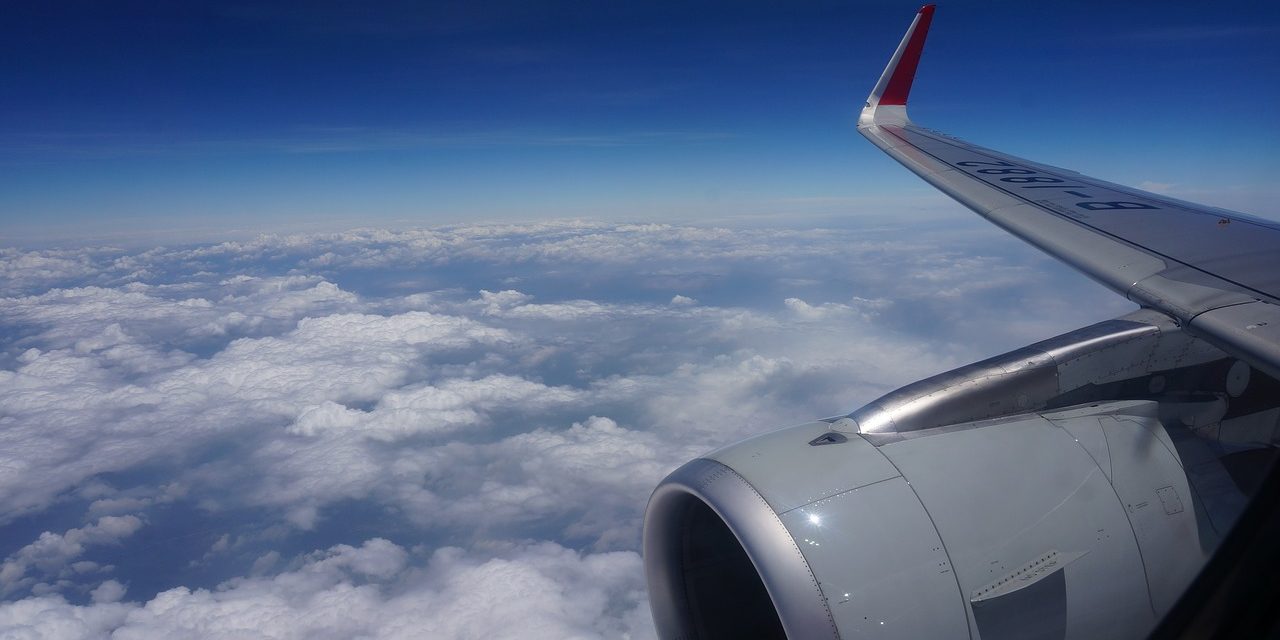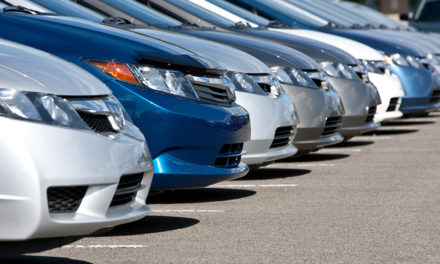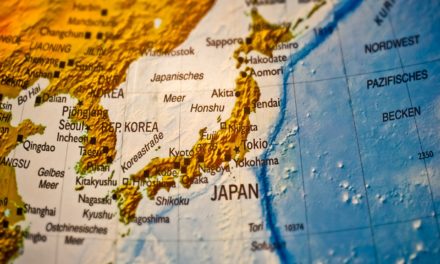Carrier unwaveringness is rare. Most explorers are eager to hop to another fly for the smallest markdown. However generally 10% of flights are paid for with focuses or miles. So there’s clearly an incentive in focusing on a transporter. You simply need to locate the correct one.
To assist you with winning all the more free flights and other grouped advantages, WalletHub analyzed the 10 biggest homegrown aircrafts’ unwaveringness rewards programs across 23 key measurements, going from the estimation of a prizes point or mile to power outage date approaches.
The best programs:
Delta Air Lines – SkyMiles
United Airlines – MileagePlus
Alaska Airlines – Mileage Plan
Southwest Airlines – Rapid Rewards
JetBlue Airways – TrueBlue
The scoring structure used to assess every carrier rewards program, and at last distinguish the most ideal choice for various kinds of shoppers, can be found underneath. For the most part, full focuses were granted to the best-performing program for that measurement, while the zero-point level was set marginally underneath the most noticeably awful program’s worth. The majority of the measurements were first evaluated on a 100-point scale.
Three fundamental segments are needed to compute how much worth a client would get from one year of participation in every carrier’s prizes program: I. Sum Spent, ii. Miles Earned and iii. Reclamation Value. At the end of the day, on the off chance that you spend X sum, you will acquire Y miles, which can be reclaimed for Z dollars in airfare. Beneath we will clarify how we determined every part.
Money Spent:
We utilized the previously mentioned purchaser spending profiles to decide the amount Light, Average and Frequent flyers go through on airfare every year.
Reward Given:
The undertaking of deciding the quantity of miles that each sort of flyer would gain with every aircraft was muddled by the way that there are two different ways to win. A few carriers gave a specific number of miles per dollar spent (e.g., 3 miles for each every $1 spent), in which case generally income can be resolved with straightforward duplication. However, others distribute income dependent on the quantity of miles a part flies (e.g., 1 prizes mile for every 1 mile flown). For the last gathering, we gathered the costs of tickets to get there and back (economy admissions) for mainstream courses from the carrier’s center. Ticket costs were gotten for end of the week travel during every objective’s high and shoulder travel seasons. In all cases, ticket costs were gathered in any event one month ahead of time. For each course, we at that point gathered the full circle separation between the two urban areas as far as miles. At long last, we isolated the normal separation by the normal ticket value, in this way getting per-dollar pay-out rates for the carriers that depend on a mileage-based framework. Duplicating these proportions by the sum each kind of voyager spends gave us every individual’s general income with every carrier.
Note: Temporary advancements, for example, occasion arrangements or extra miles for reservations made on explicit sites, were not considered. Acquiring rates were determined for the second year of program participation.
How you can use those rewards:
So as to decide the recovery estimation of a mile earned from every aircraft, we partitioned every carrier’s normal ticket cost in dollars by the normal number of miles required for an honor flight. Duties and overcharges were deducted from the dollar estimation of the honor flight if miles didn’t cover them.





